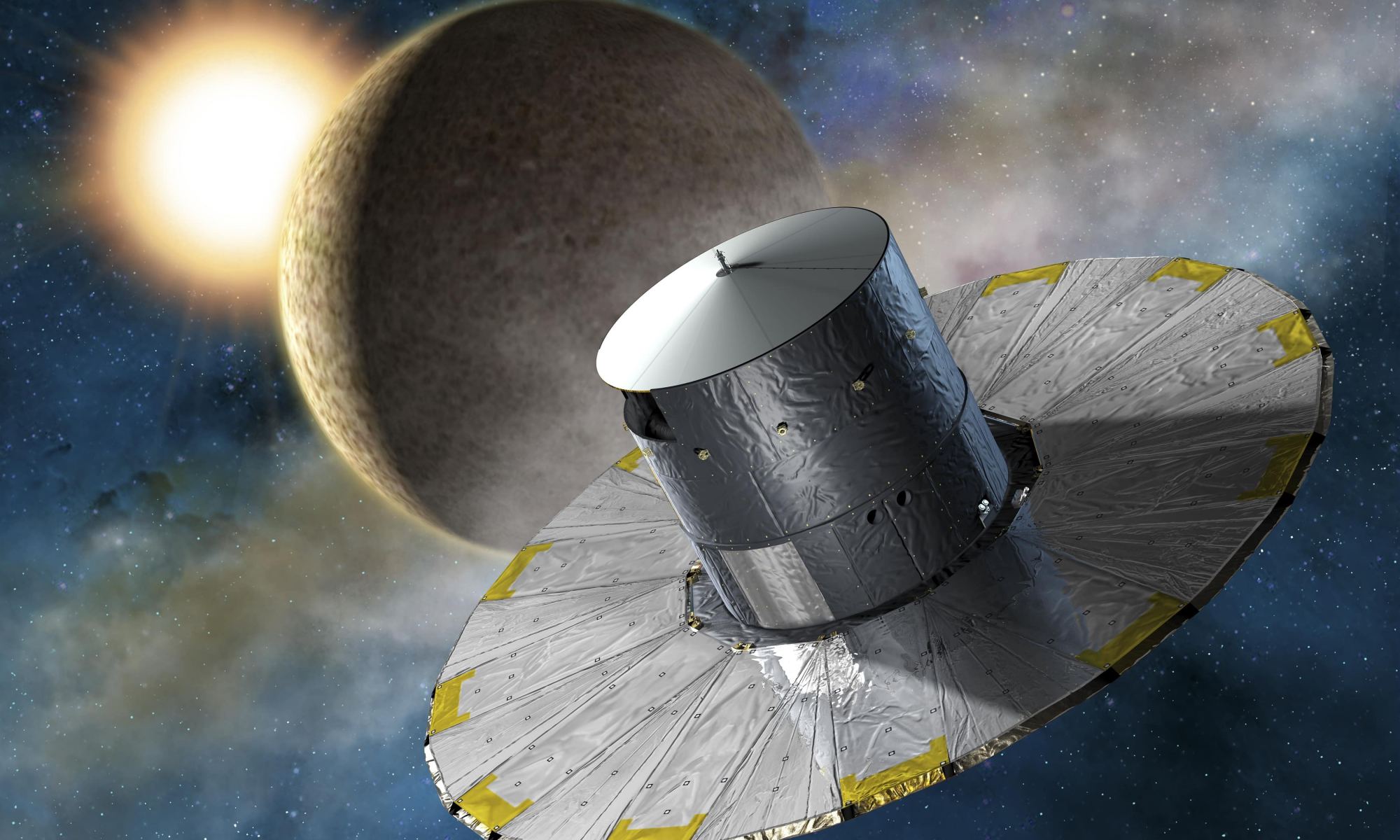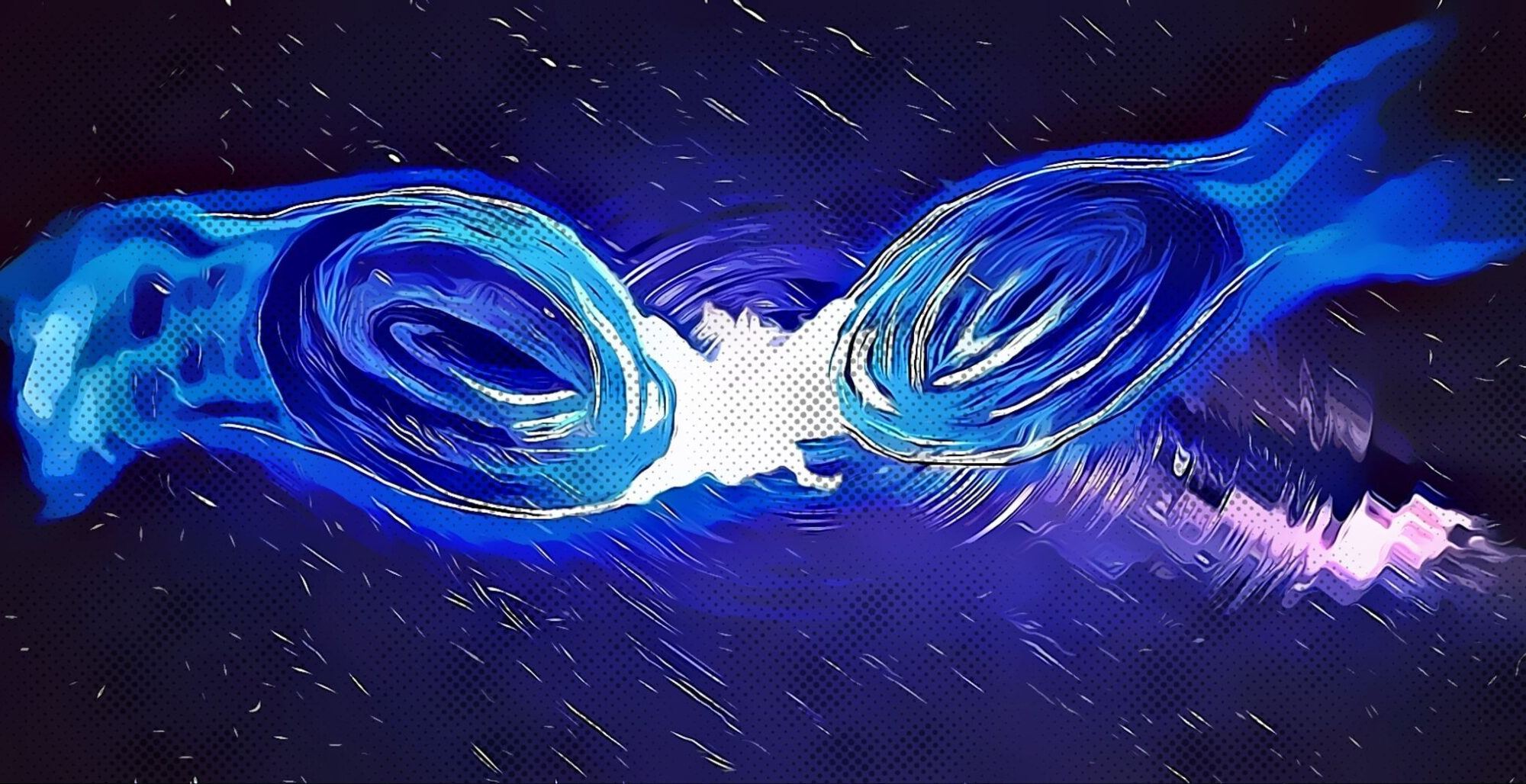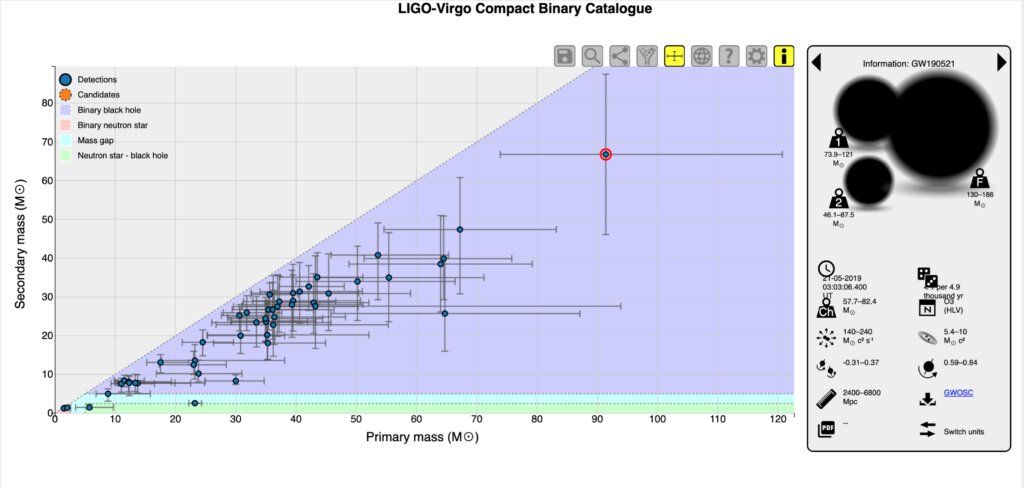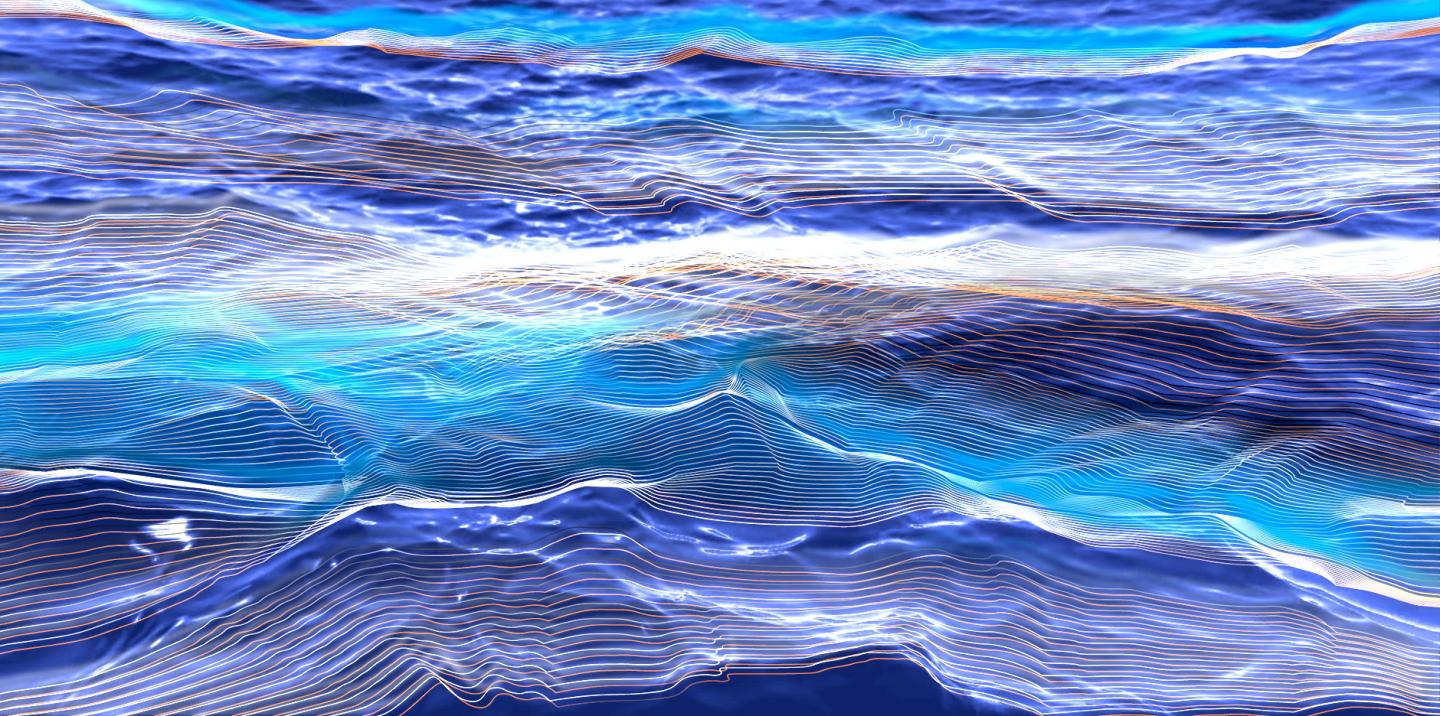The interior of a neutron star is perhaps the strangest state of matter in the universe. The material is squeezed so tightly that atoms collapse into a sea of nuclear material. We still aren’t sure whether nucleons maintain their integrity in this state, or whether they dissolve into quark matter. To really understand neutron star matter we need to pull it apart to see how it works and to do that takes a black hole. This is why astronomers are excited about the recent discovery of not one, but two mergers between a neutron star and a black hole.
Continue reading “Astronomers Detected a Black Hole-Neutron Star Merger, and Then Another Just 10 Days Later”Astronomers Detected a Black Hole-Neutron Star Merger, and Then Another Just 10 Days Later










